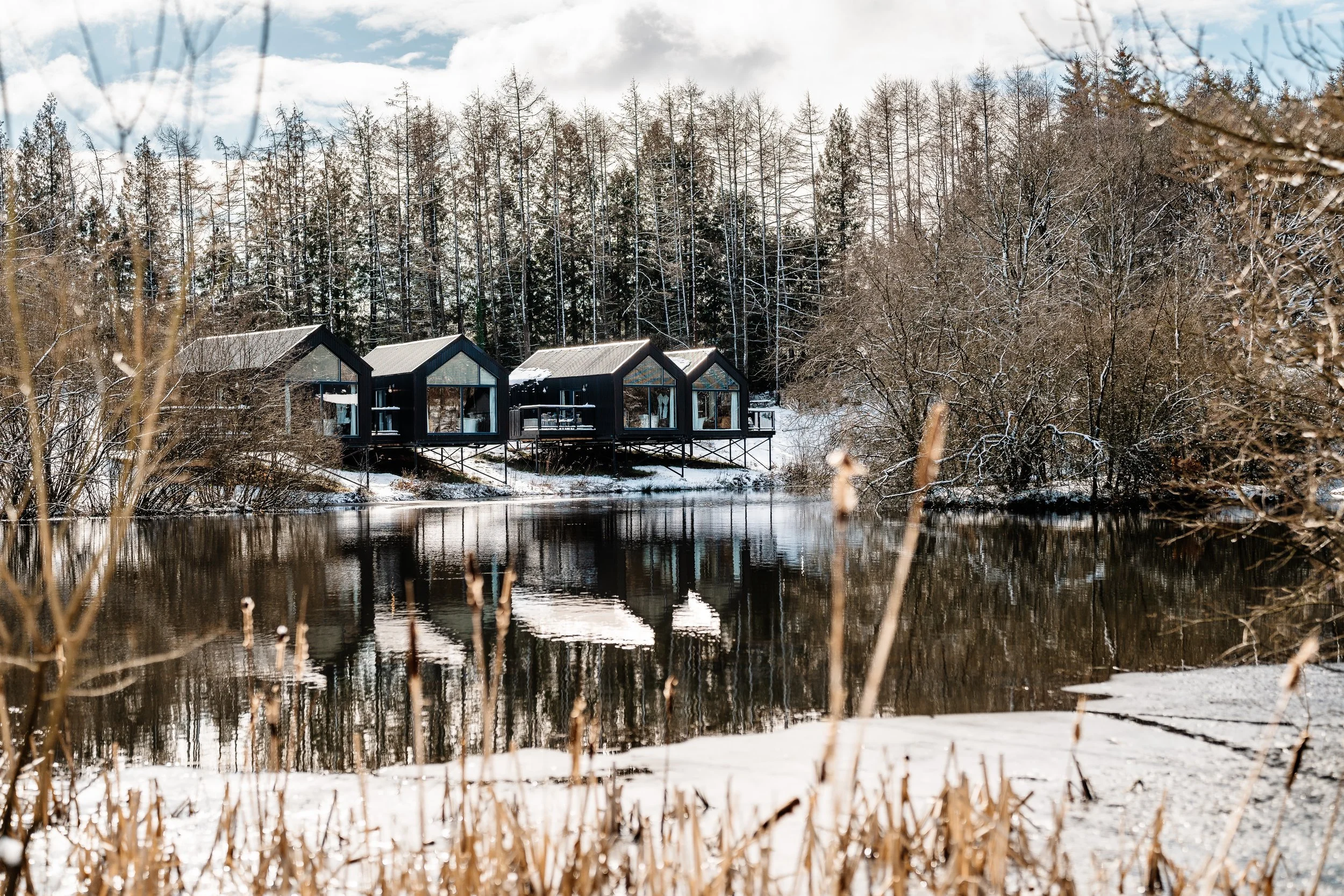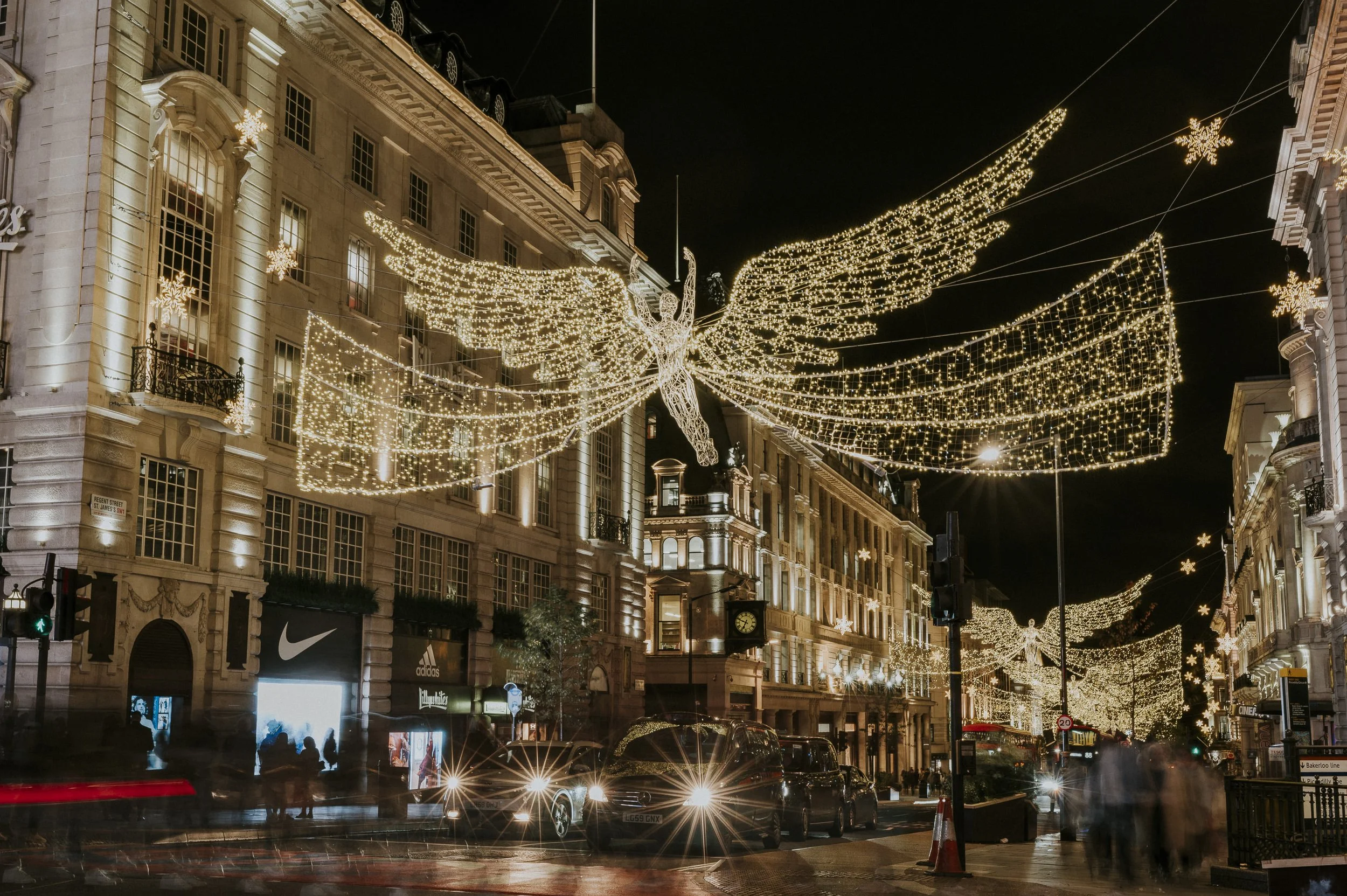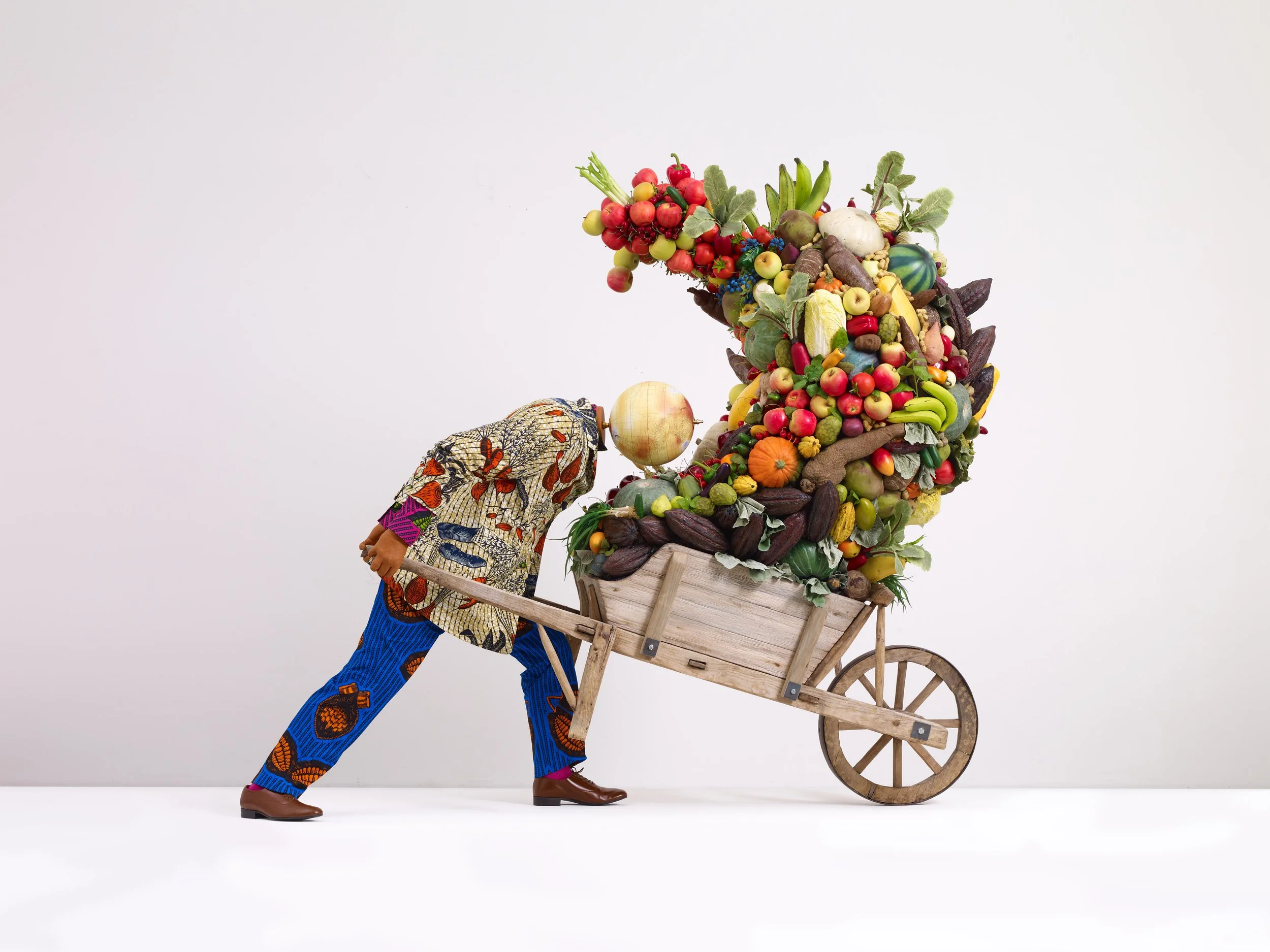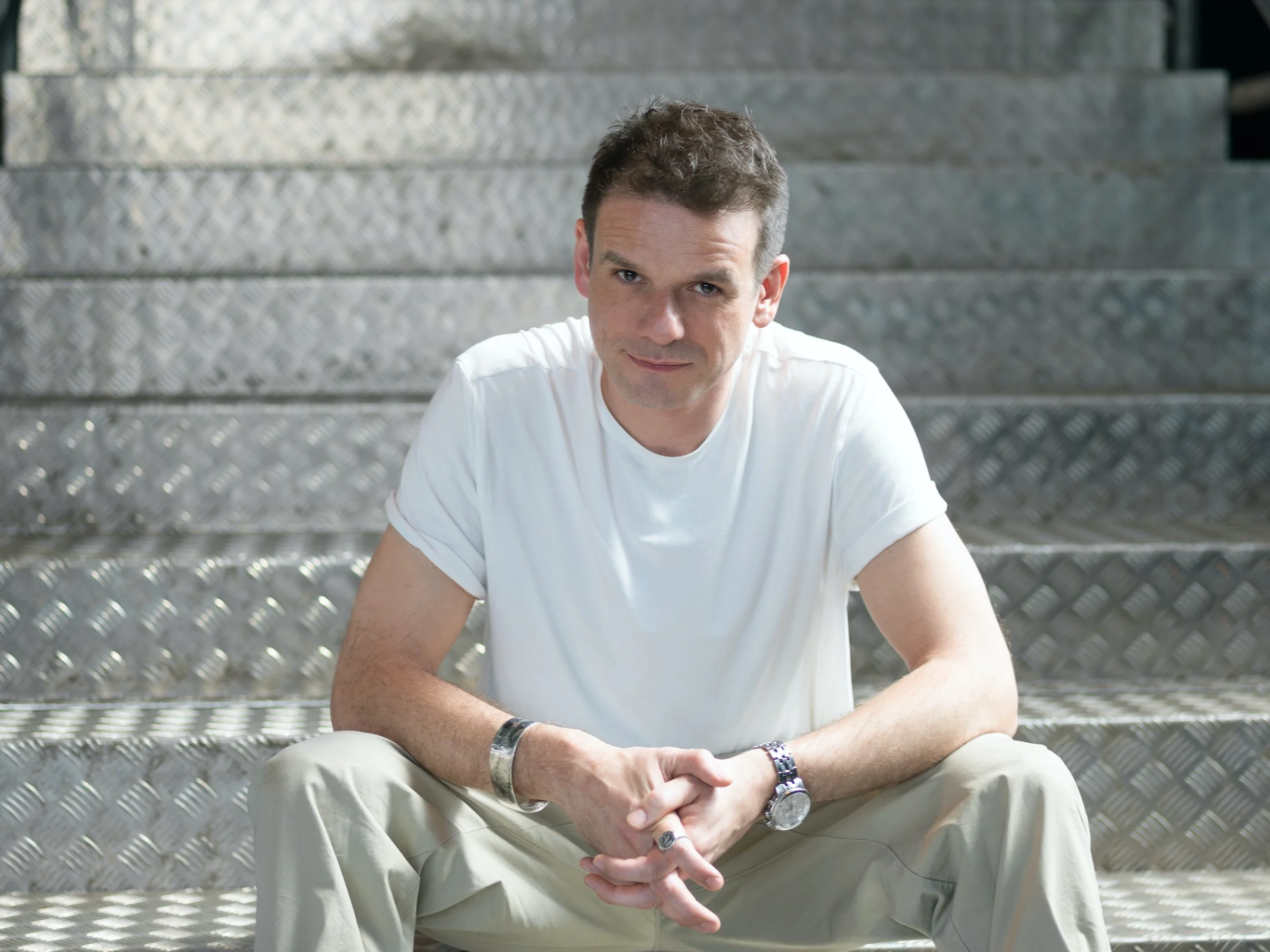10 reasons to visit Kew Gardens this summer
Kew Gardens, officially known as the Royal Botanic Gardens, Kew, was established in 1840 and is located in southwest London. Spanning over 300 acres, it houses one of the world’s most comprehensive collections of living plants, with more than 50,000 accessions representing around 14,000 different species. Recognised as a UNESCO World Heritage Site since 2003, it is a global leader in plant science, conservation, and education. Kew plays a vital role in advancing knowledge of plant diversity and the sustainable management of natural resources.
During the summer, Kew offers a remarkable opportunity to connect with the natural world through its vast plant collections, historic glasshouses, peaceful walking trails, and exhibitions. Below is our guide to ten reasons why Kew Gardens is well worth a visit this season.
Carbon Garden
Carbon Garden, Kew Gardens. Image credit Maawura Totoe.
#FLODown: The newly opened Carbon Garden is a pioneering project designed to demonstrate how plants, fungi, and sustainable landscaping can actively contribute to reducing atmospheric carbon dioxide levels. Covering a significant area, the garden is divided into microclimates that simulate dry, wet, and temperate conditions, showcasing over 6,500 plants known for their carbon-capturing capabilities. The garden also features architectural elements inspired by fungal networks, with materials carefully selected to ensure a low-carbon footprint in construction. Alongside the plantings, there is the opportunity to learn about soil health, mycorrhizal fungi, and their roles in carbon sequestration, supported by informative panels and digital guides. This garden serves both as an educational resource and as a hopeful blueprint for climate-friendly landscaping.
Power of Trees
The Power of Trees exhibition, Kew Gardens. Image credit Maawura Totoe.
#FLODown: Kew is home to the Shirley Sherwood Gallery of Botanical Art, the world’s first gallery dedicated solely to botanical works. This unique space showcases the connections between art and plant science through a rotating programme of exhibitions. Its current exhibition, The Power of Trees, explores the life and significance of trees through botanical illustrations, paintings, and contemporary digital media. Featuring a large-scale digital installation by Finnish artist Eija-Liisa Ahtila, depicting a boreal spruce at the scale of a full apartment, offering a reflection on the role of trees in our environment. The exhibition highlights trees as vital to life on Earth, providing oxygen, regulating climate, and supporting biodiversity, while also addressing the urgent threats they face from deforestation and climate change. On display until 14 September 2025.
Treetop Walkway
Treetop Walkway. Kew Gardens. Image credit Maawura Totoe.
#FLODown: The Treetop Walkway offers an impressive 360-degree view of the park and the distant city skyline, rising 18 metres above the ground and weaving through the crowns of mature trees within Kew’s arboretum. Stretching 200 metres, it allows for close observation of the upper canopy habitats of a diverse range of tree species, many of which are rare or endangered. The walkway provides excellent opportunities for birdwatching, insect observation, and photography. Along the route, interpretive panels explain tree biology, forest ecology, and conservation efforts. The trail is particularly fantastic during summer, when the canopy is fully in leaf, revealing complex ecosystems usually hidden from view.
Palm House
Palm House. Kew Gardens. Image credit Maawura Totoe.
#FLODown: The Palm House, dating back to the mid-19th century, is one of Kew’s most iconic structures. This glass and iron Victorian greenhouse replicates the humid, tropical conditions necessary to sustain plants from rainforests around the globe. Inside, you can see towering palms, cycads, orchids, and tree ferns, many of which are rare or threatened in their native habitats. Throughout the Palm House, efforts have been made to preserve the historic ironwork and glass panes while improving climate control to better protect its botanical treasures. Do not miss the upper viewing gallery, which provides a canopy-level perspective, revealing the dense layers of vegetation within. Informative displays explain plant adaptations to tropical climates and highlight Kew’s ongoing conservation initiatives. Although incredibly warm inside, the Palm House’s educational value and how aesthetically pleasing it is make it well worth the visit. Other equally impressive conservatories to visit at Kew include the Princess of Wales Conservatory and the Temperate House.
Waterlily House
Waterlily House. Kew Gardens. Image credit MTotoe.
#FLODown: The Waterlily House contains a collection of tropical aquatic plants centred around the giant Victoria waterlilies, whose circular leaves can reach up to three metres in diameter, large enough to support the weight of a small child. These waterlilies are native to the Amazon Basin and are notable for their buoyant, ribbed undersides and beautiful flowers that bloom spectacularly in the summer months. The greenhouse maintains a warm, humid atmosphere to simulate the tropical environment these plants require. Besides waterlilies, there are other aquatic species such as lotus, pitcher plants, and exotic pond plants. The Waterlily House typically opens at Kew in April, but the waterlilies usually reach their full size by August, making this the ideal time to visit.
Of the Oak
Of the Oak, Marshmallow Laser Feast. Image credit Maawura Totoe.
#FLODown: Of the Oak is a cutting-edge, interactive digital installation by Marshmallow Laser Feast. This outdoor exhibit uses real-time environmental data, such as wind speed, light levels, and humidity, to create a dynamic visual and auditory representation of the internal processes occurring within one of Kew’s ancient oak trees. Through projections and soundscapes, it offers insight into sap flow, respiration, and photosynthesis, fostering a deeper appreciation of the complexity of tree life. The installation exemplifies how technology can interpret natural phenomena in innovative ways, making science accessible and engaging for audiences of all ages. It will be available until 28 September 2025.
Great Pagoda and the Japanese Landscape Garden
Great Pagoda and the Japanese Landscape Garden. Image credit Maawura Totoe.
#FLODown: Yet another spot to enjoy views of the surrounding garden is the Great Pagoda, built in 1762. This ten-storey structure has recently been restored to its original splendour, featuring intricately carved dragons on each corner. Visitors can ascend the tower via a narrow staircase to enjoy panoramic views of the gardens, including glimpses of central London on clear days. Nearby, the Japanese Landscape Garden offers a peaceful contrast. Beautifully landscaped and inspired by traditional Japanese garden design principles, it features carefully arranged stones, water features, and plants selected for their symbolic meaning and aesthetic qualities, providing a space for contemplation and quiet reflection. The garden’s design embodies harmony with nature and seasonal change.
Rock Garden
The Rock Garden. Image credit MTotoe.
#FLODown: The Rock Garden replicates a rugged alpine valley, showcasing a diverse range of mountain plants from six different regions worldwide, including the Himalayas, the Alps, and the Rocky Mountains. These species are specifically adapted to harsh condition, such as cold temperatures, high winds, and poor soil,displaying unique characteristics like compact growth forms, hairy leaves, and flowers. The garden’s terrain is deliberately steep and sculpted to mimic natural mountainous landscapes, with waterfalls, scree slopes, and rock outcrops enhancing its authenticity. This area of Kew is a highlight for botanists and plant enthusiasts interested in high-altitude ecosystems and conservation.
Kew Palace
Kew Palace. Kew Gardens. Image credit MTotoe.
#FLODown: Kew Palace is a lesser-known gem within the gardens, offering an intimate glimpse into the lives of the British royal family during the Georgian period. Serving as a royal residence from the 18th century, it was notably home to King George III during his bouts of illness. Visitors can explore the well-preserved interiors, including period furnishings, historic kitchens, and personal items that bring the era to life. One of the palace’s highlights is its gardens. Although smaller than those of other royal residences like Hampton Court and Ham House, they are equally beautiful. The palace also offers a fascinating historical narrative linking monarchy, science, and botany, as members of the royal family were keen collectors of plants and supporters of scientific study.
Rose Garden and the Great Broad Walk Borders
Image credit Teo Le
#FLODown: Summer is the perfect season to explore Kew’s Rose Garden, which boasts over 170 varieties of roses, from classic garden favourites to rare heritage species. The garden is fragrant and vibrant, with carefully maintained beds showcasing a range of rose forms and colours. Nearby, the Wild Rose Garden is dedicated to native species that support pollinators and wildlife, emphasising the ecological importance of roses beyond their beauty. The Great Broad Walk Borders stretch for nearly a kilometre, featuring a succession of perennials such as lavender, salvias, and alliums, thoughtfully arranged to provide continuous colour and attract beneficial insects throughout the summer months.
Opening hours: Kew Gardens opens daily at 10 am, closing at 7 pm in the summer months (1 May 2025 to 31 August 2025). Some areas, such as Kew Palace and the Maze, close earlier around 6 pm. Location: Royal Botanic Gardens,Kew, Richmond, London, TW9 3AB. Price: Adult tickets start at £22 online (£25 at the gate) and children’s tickets start at £11; after 4pm (1 May to 26 October), discounted entry costs £11 online (£12.50 at the gate), though Glasshouses and Galleries close at 5pm. Book now





















































